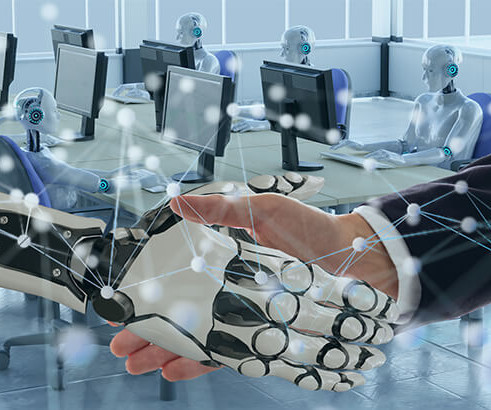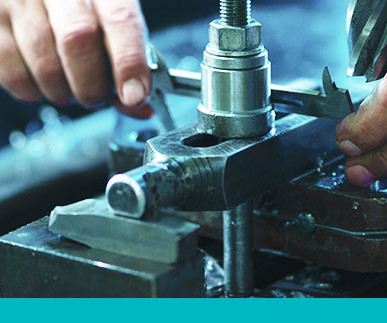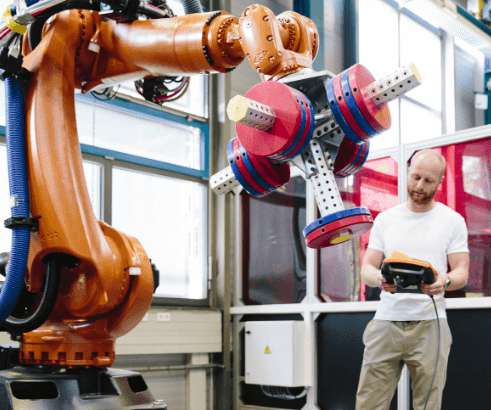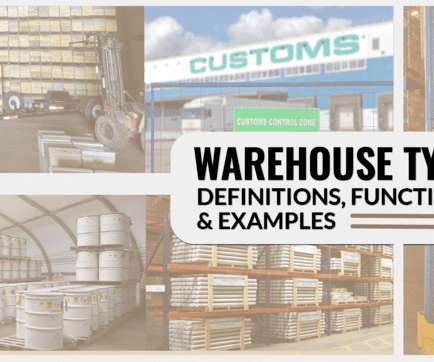The impact of new technology on manufacturing education
SYSPRO Smarter ERP
JULY 24, 2023
Every factory runs on the back of hundreds of specialized skills, some of which take a long time to master. New skills requirements in manufacturing Companies are investing in learning and on-the-job training as the most common workforce strategy to deliver business goals. If not, you should be.
























Let's personalize your content